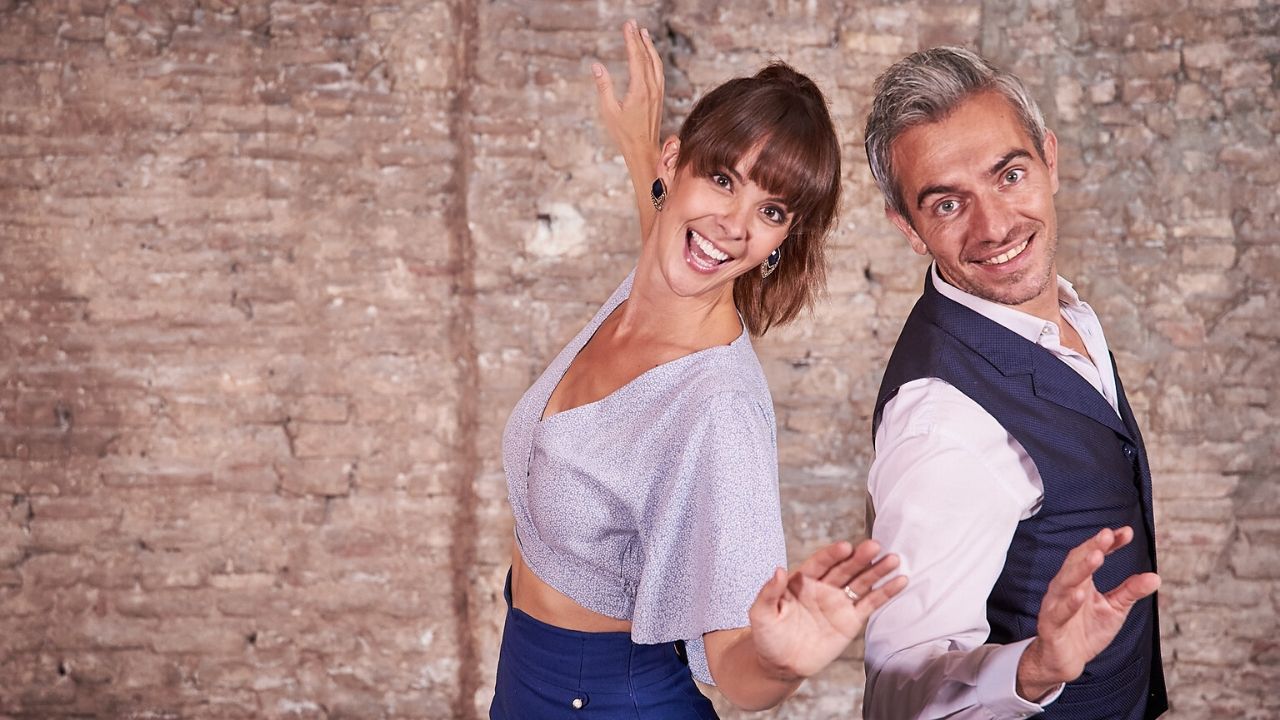Introduction: The Grammar of Culture
“Nowhere is the African American style more manifest than in dance. The six definitive characteristics of African American Vernacular dance are: Rhythm, improvisation, control, angularity, asymmetry and dynamism.” [1]
Steppin’ on The Blues by Jacqui Malone. Page 32
As mentioned in last month’s blog (Blues Dance: An African American Vernacular Dance), African American Vernacular Dances share certain characteristics and values. In ‘Ballroom, Boogie, Shimmy Sham, Shake’ Heckscher refers to the “grammar of culture” as a reason for this. She explains: “…the need to order personal and communal life through dancing would surely have persisted even – or perhaps especially – within the trauma and upheaval of enslavement… [Africans] most likely learned to dance together by drawing on the “grammar of culture” shared across much a West and Central Africa; the common set of deep structural principles that relate cultural forms in different ethnic groups to each other and explain their ‘underlying similarities’. Like the grammar that orders a language, these principles almost certainly provided slaves from many African nations with a common generative foundation on which to order their creolized African American cultural systems, including movement and dance.” [2]
Heckscher then goes on to explain that there is evidence to suggest that the basic qualities of 18th century black dance were: “angularity and asymmetry, rhythmic precision, long duration, physical virtuosity, and dynamic intensity.” [3]
Angularity & Asymmetry in African and African American Art
Malone explains that “Angularity is a prominent feature of African American body language, dress and performance… In all African sculpture and doctrine of any sort we find the same thing… Every posture is another angle.” [4]
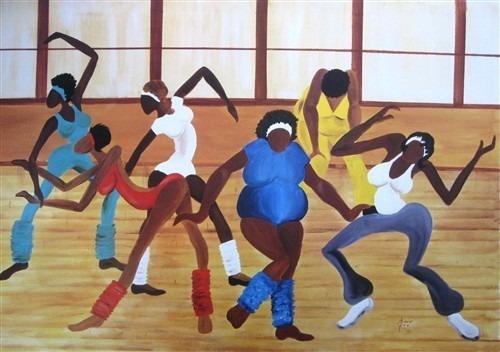
A beautiful example of this angularity is the artwork of African American artist Annie Lee (3 March 1935 – 24 November 2014). Lee’s work reflects her own experiences as well as her observations of those in communities around her. A trademark of her work was to paint characters with no faces, enabling her to bring her paintings to life through the movement and body language of the characters. Take a moment to look at some of her paintings below and see what you notice about the physicality of her characters.
The use of angles and asymmetry is so prominent in these paintings. Every day actions are turned into dynamic images suggesting movement, flexibility and athleticism.
Angularity & Asymmetry in African and African American Dance: Posture & Body Shape
The element of angularity in blues dance comes directly from African dances. A Kongo proverb states that you must “Dance with bended knees, lest you be taken for a corpse” [5] and in interviews with dancers in Central and West Africa, undertaken by Robert Farris Thompson between 1964-1973, dancers said:
“One must move one’s hips in as supple a manner as possible” (Kongo)
Kongo proverb
“You should not align the limbs in too straight a manner” (Kongo)
“The good dancer is the dancer who dances like a body without bones” (Dan) [6]
Malone explains that “flexed joints represented life and energy, while straightened hips, elbows and knees epitomized rigidity and death”. “The bent kneebone symbolized the ability to ‘get down’.” [7]
Heckscher explains that in areas of America “…elements of the nineteenth-century [dance] tradition were unmistakably African. They included a strong preference for angular and asymmetrical dispositions of the body, enabling the dancer to emphasize the independence of different body parts and thereby serve the articulation of simultaneous multiple body rhythms – polyrhythms – in the African mode; the carriage of the body’s centre of gravity low, in the hips and pelvis, rather than high in the abdomen and solar plexus as in European classical dance, a practice that loosened the waist to mediate contrasting rhythmic impulses in the upper and lower torso…”.[8] Notice here the reason for the body shape and posture; both are to enable dancers to reflect rhythm in their bodies (we’ll comment more on rhythm in future posts).


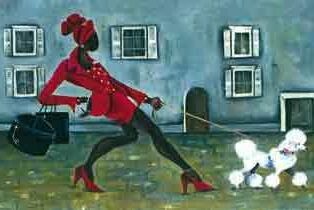
Blues music and dance is very specifically an African American dance. This means firstly, that the dance holds elements of both African and European dance, elements that became fused over hundreds of years of slavery. It also means the physicality of the people dancing is different: Africans living in America under slavery experienced an entirely different life to Africans living in Africa, and used their bodies in different ways. Over time the ‘natural’ movements of their bodies will have changed. An example of one such change is the posture they used when dancing. Blues dance and other African American vernacular dances were / are not danced with quite the same posture as African dances. Heckscher describes: “…the typical African practice of bending the torso emphatically at the waist and hips gave way by the nineteenth century to a general preference for a straighter and more upright spine” she speculates that “such verticality may well have been less a European-influenced innovation than an inflection of the African movement preference for the strong, balancing spine that enable slave women in the Greather Chesapeake to carry heavy loads on their heads … and enslaved dancers to make balancing a glass of water on the head a powerful motif of contest and virtuosic accomplishment”. [9]

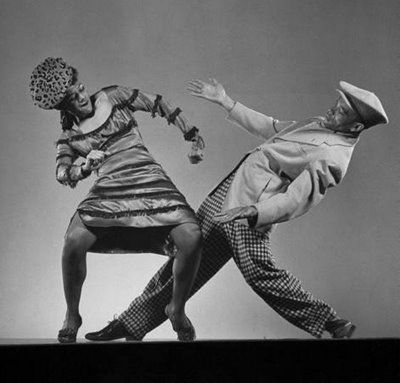
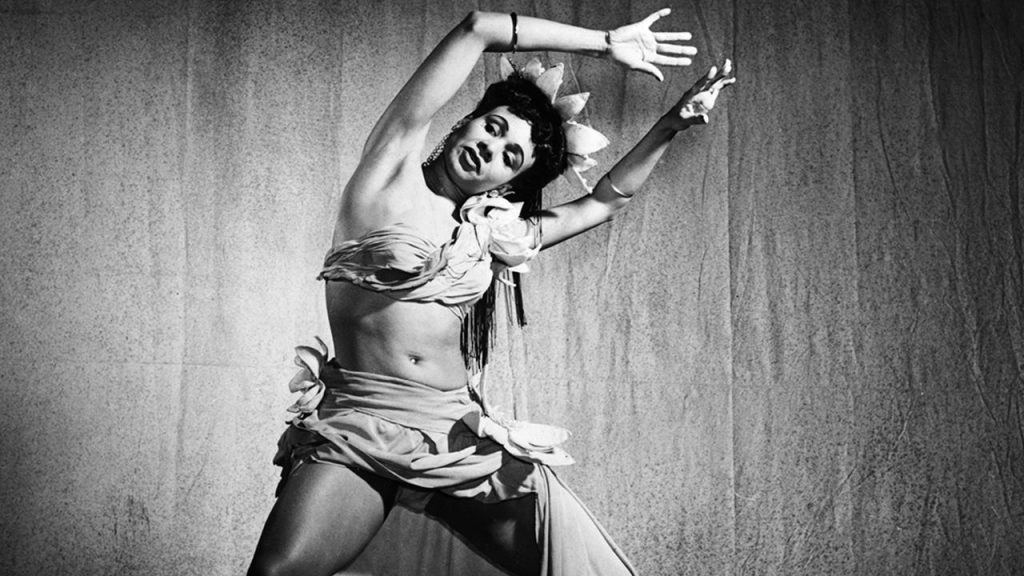
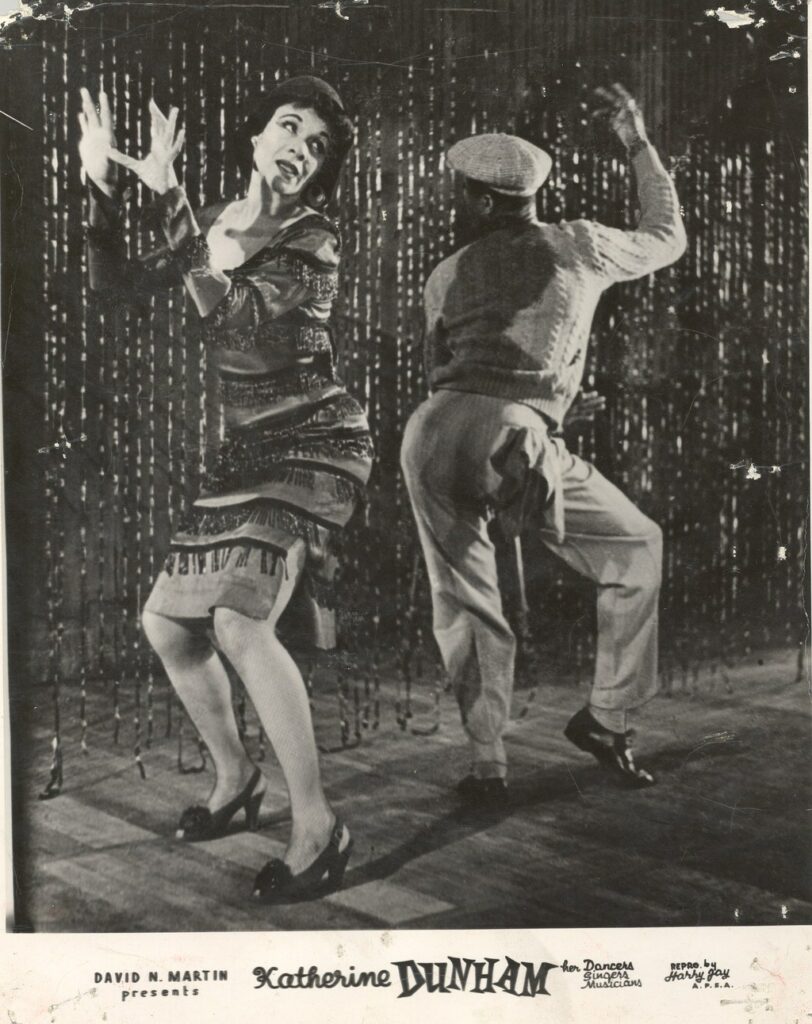
Dancers: Katherine Dunham & Ohardieno
Different Cultural Values
An important point to raise is that different cultures have different values. What one culture may look for and consider ‘beautiful’ may be quite different to what another culture strives to achieve. In contrast to the angles and asymmetry of African American art, European traditional dances, such as the waltz, the minuet and the polka, are broadly characterised by “linearity and geometric regularity, vertical physicality, and the balance of symmetry of compliments; …a strong vertical disposition of the body enacted in an upright torso moving as a unit from shoulders to hips, its upward line broken only occasionally and unemphatically at the waist… and a constant, insistent exploitation of both terms of the complimentary and symmetrical pairings of left and right, forward and backward…”. [10]
As Malone states, the angles created in African American art (of all forms) are “pleasing, yes, but an affect achieved by the very means which Europeans strives to avoid.” [11]
As Europeans dancing an African American dance, we need to be careful not to apply our pre-conceived ideas of ‘beauty’ or ‘correctness’ onto the dance. We have previously referred to this as “white-washing” the dance; when more importance is given to the qualities valued by white cultures than to the values of the African American culture that created the dance. Society has ingrained certain ideas of ‘what looks good’ in us, and it can be really difficult not to subconsciously apply these values to the dance.
So we need to be careful, particularly if/when we are running auditions and judging competitions. If you ever find yourself judging blues dance (or any other African American vernacular dance for that matter) we encourage you to check in with yourself ask yourself this question: Am I judging through European eyes and looking for what the society I grew up in has told me is good, or am I judging on the values of the dance itself? We check in with ourselves regularly to make sure we are honouring the dance as best we can.
And to finish… please enjoy this wonderful video clip from Spirit moves, showing James Berry and Sandra Gibson doing their thing. Full of angles and asymmetry and awesomeness…
SOURCES
- Ballroom, Boogie, Shimmy Sham, Shake: A Social and Popular Dance Reader, edited by Julie Malnig
- Steppin’ on the Blues: Visible Rhythms of African American Dance by Jacqui Malone
FOOTNOTES
[1] Steppin’ on The Blues by Jacqui Malone. Page 32
[2] Ballroom, Boogie, Shimmy Sham, Shake. Chapter 1: Our National Poetry by Jurretta Jordan Heckscher. Page 21.
[3] Ballroom, Boogie, Shimmy Sham, Shake. Chapter 1: Our National Poetry by Jurretta Jordan Heckscher. Page 22.
[4] Steppin’ on The Blues by Jacqui Malone. Page 32
[5] Steppin’ on The Blues by Jacqui Malone. Page 9
[6] Steppin’ on The Blues by Jacqui Malone. Page 20
[7] Steppin’ on The Blues by Jacqui Malone. Page 11/12
[8] Ballroom, Boogie, Shimmy Sham, Shake. Chapter 1: Our National Poetry by Jurretta Jordan Heckscher. Page 23.
[9] Ballroom, Boogie, Shimmy Sham, Shake. Chapter 1: Our National Poetry by Jurretta Jordan Heckscher. Page 22.
[10] Ballroom, Boogie, Shimmy Sham, Shake. Chapter 1: Our National Poetry by Jurretta Jordan Heckscher. Page 21
[11] Steppin’ on The Blues by Jacqui Malone. Page 32.


